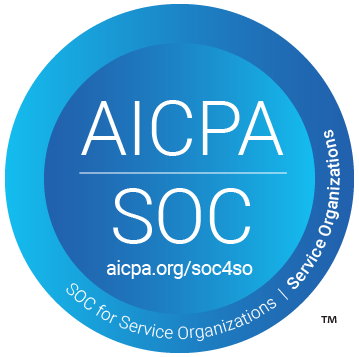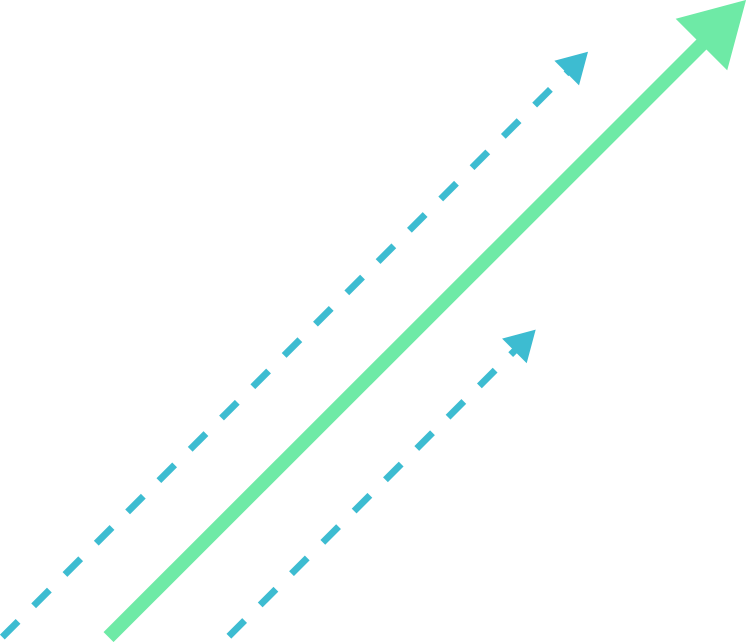Imagine knowing what your customers want before they do. Predictive analytics makes this possible for today’s businesses. Using predictive data analytics, companies can foresee market shifts and customer actions.
This insight allows for smarter choices based on solid evidence. It is a shift from looking at the past to preparing for the future. Raw information becomes a guide for success.
Let’s see how this field changes industries and gets them ready for tomorrow.
What is predictive data analytics?
Predictive data analytics looks at past information to guess what will happen next. It uses smart computer programs and statistical methods to find trends and connections within a company’s existing data.
The main idea is to calculate the probability of a future outcome. This helps businesses move from reacting to problems to proactively spotting potential issues and opportunities with greater certainty.
The method provides a calculated forecast about what is to come, not just a report on past events. This allows leaders to build their strategies on a more solid foundation.
For example, it can estimate sales for an upcoming season or identify customers at risk of leaving. The knowledge gained leads to better planning, smarter use of resources, and a more dependable approach to the market.
How does predictive data analytics work?
The process begins with a clear business question, like how to reduce fraud or better manage inventory. This goal guides the collection and preparation of data from sources like sales histories and customer interactions.
This information must be cleaned to remove errors, as a strong data foundation is essential for building a reliable predictive model.
With clean data, specialists create predictive models using statistical methods and machine learning. These models are the engines that generate future insights. They are then tested for accuracy and fine-tuned.
Once validated, the findings are shared with decision-makers through reports or dashboards, becoming part of the company’s daily routine to guide strategic moves.
Why invest in predictive data analytics services?
One big reason to use these services is to make better predictions. Companies can get a clearer picture of market changes and what customers want. Better forecasts mean smarter decisions about inventory.
A store can order items that are likely to sell well. This prevents having too much or too little stock. Good predictions help a business match what it sells with what people actually buy.
Another important advantage is lowering business risks. Predictive models can spot trouble before it gets out of hand. In a factory, this could mean seeing a machine failure before it happens.
This allows for maintenance to be done at the right time, avoiding shutdowns. In banking, models can evaluate the risk of giving a loan. This leads to safer lending choices. This kind of proactive risk control helps protect a company’s resources.
Making the best use of resources is another major plus. Predictive analytics shows companies how to use what they have more wisely. A hotel chain can figure out its staffing needs for busy and slow periods.
This stops the company from wasting money on too many workers or losing sales with too few. Delivery services can find the fastest routes by predicting traffic. Every asset, from people to money, gets used in a better way.
In the end, these services help a company grow in a smart way. They offer the knowledge needed to make choices based on facts, not just feelings. Businesses can find new markets and handle dangers more effectively.
They can create marketing messages that speak directly to individual customers. They can also make customers happier by meeting their needs ahead of time. This forward-thinking style gives a company a real advantage.
What are the main industry applications of predictive analytics?
You can find predictive analytics at work in almost any field. It helps companies run smoother and earn more. From hospitals to banks, these methods help manage risks and improve decisions.
The power to see what might come next changes everything. It lets businesses create custom plans for their unique situations.
Healthcare
The healthcare field uses predictive tools for early disease detection. A wearable device might spot signs of an allergic reaction early on. Computer models look at body signals to send out alerts. This quick warning system can be a lifesaver.
Hospitals also use these models to find patients likely to return after discharge. This helps them provide better follow-up care and manage their resources well.
Retail
In retail, these analytics help decode what shoppers do. Stores can predict sales patterns for holidays or seasons. This information guides how they stock shelves and plan promotions.
Online shops look at past purchases to suggest other items. These custom recommendations make shopping more pleasant, and also make a sale more probable. This focused method improves marketing results.
Finance
Financial companies depend on predictive analytics to handle risk. A credit score is a perfect illustration of this. It estimates the chance that someone will not repay a loan.
Banks also use these tools to catch fraud as it happens. They check for strange activity in their systems. This keeps the bank and its clients safe from theft.
Manufacturing
Factories use predictive analytics for machine upkeep. Special programs can guess when a machine might fail. An employee gets a warning before the equipment breaks down. This avoids costly fixes and stops work from halting.
The same idea helps with the supply chain. A company can predict how much material it needs — what keeps the production line moving without a hitch.
Hospitality
The hospitality world uses predictive tools for staffing and prices. A hotel can estimate how many guests will arrive on a certain day. This helps them have the right number of workers on duty.
Airlines use similar models to decide ticket costs. They study booking history and current demand. This flexible pricing helps them earn as much as possible from a flight.
How can companies start using predictive analytics?
A great starting point is to set clear business goals. A company should pinpoint exactly what it wants to get better at. Maybe the aim is to boost sales or keep more customers. These clear targets give the analytics project a path to follow.
They make sure the work fits with the company’s main objectives. This focus makes it easier to see the project’s benefits.
Then, a business needs to check its data. Predictive work needs good historical information to function. A company should review the details it gathers from sales or customer chats. This information must be accurate, orderly, and connected to the goals. Managing data well is a basic requirement — bad data will always lead to bad predictions.
Starting with a small test project is a smart move. A smaller effort lets the company learn the ropes. It is a way to try out the process and show it’s worth fast. For instance, a marketing group could guess which clients might reply to an ad.
A successful test run creates excitement and support. It also makes it easier to argue for a bigger project later on. The knowledge gained can be used to expand the work.
Picking the right tools or partners is also a big choice. Some businesses create their own teams of data experts; others team up with specialized companies.
The Ksquare Group, for instance, provides a CRM Analytics service. This service turns raw information into useful knowledge. It offers personalized dashboards and up-to-the-minute reports. Their skill helps companies follow their progress and know their customers better.
A visit to The Ksquare Group’s CRM Analytics webpage shows how a partnership can speed up a company’s data journey.
Summarizing
What is predictive analytics?
Predictive analytics is the use of past data, algorithms and statistical models to estimate future outcomes and help organizations make more informed decisions.
What are examples of predictive analytics?
Examples include demand forecasting in retail, fraud detection in finance, predictive maintenance in manufacturing and personalized marketing based on customer behavior.
What best describes predictive analytics?
Predictive analytics is a data strategy that identifies patterns in past information to estimate future events, reduce uncertainty and guide smarter business actions.
image credits: Freepik



